Pumpkin for porridge, pie and soup: choosing the best in the store
Content:
To choose a pumpkin in a store, it is not enough to compare its weight with the expected cost of the product. Among the variety of these vegetables are hidden both very sweet and tasteless specimens, and they all differ in shape, color, size and price. Only by knowing all the pumpkin secrets can you unerringly take from the shelf the fruit that will fully meet your expectations.
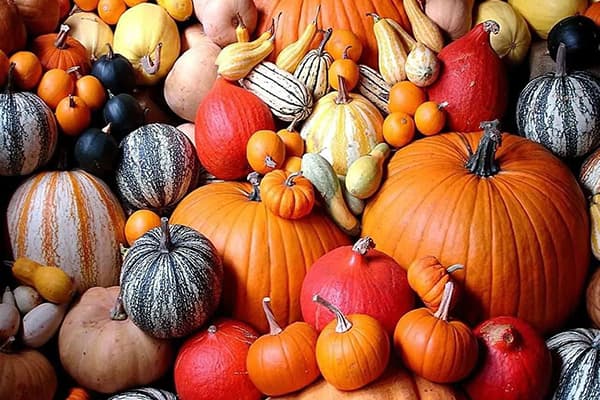
By purpose
Before you go shopping for a pumpkin, you need to decide why it is needed, because some dishes require honey-sweet fruits, while others are more suitable for vegetables without a pronounced sweetness in taste. And to find a pumpkin with tasty seeds, you need to try especially hard.
For preparing desserts
The sweetest pumpkins are nutmeg varieties. The easiest way to distinguish them is by their shape, reminiscent of a light bulb or a guitar - near the stalk begins a fairly long and narrow part of the fruit, devoid of seeds. All the seeds are located at the opposite end of the vegetable, in its wide round part. The variety most often found in stores is “Butternut” - it fully lives up to its name, since it has soft, buttery pulp and nutty notes in taste.
The disadvantage of such pumpkins is that they quickly lose their taste.The maximum amount of sugars in them is found immediately after harvest. Then this figure quickly decreases, and by the end of December the fruits lose their attractiveness to buyers. However, around this time another type of pumpkin appeared on sale - large-fruited ones. They can also be distinguished from the rest by their shape - round, slightly flattened at the top and bottom. They are less sweet, but still delicious. The most popular variety is “Hokkaido”.
For meat dishes and snacks
To prevent sweetness from interfering with the perception of other tastes, fruits with neutral-tasting pulp are used to prepare second courses. Hard-bark varieties have this quality. They are ovoid in shape and have a very thick, armored skin. On store shelves from late August to mid-May you can find a variety of varieties of this pumpkin.
For seeds
Pumpkins intended for cooking contain very few seeds, and in most cases they do not taste good. Therefore, if your goal is to enjoy them, you need to go not to the store, but to the market. Private farms grow different varieties of pumpkin, the main feature of which is large seeds with a thin skin. With proper luck, you can even find a fruit with naked seeds - they do not need to be peeled, since the Gymnosperm variety does not form a hard shell on the seeds.
What else should you pay attention to?
Before you go to the checkout with your pumpkin, you should carefully examine the fruit from all sides. This will help reduce the risk of purchasing an unsuitable product.
Among other things, the pumpkin fruit must be:
- Whole - when buying a cut vegetable, there is a risk that pathogenic microorganisms have gotten into the pulp, which will negatively affect your health in the future.
- Heavy - if it turns out that the pumpkin weighs much more than you would expect based on its size, then it is really good and juicy.
- Small - the optimal weight of a pumpkin does not exceed 4–5 kg, since the larger it is, the more fibrous its pulp. And it’s very difficult to use fruit that is too large before it spoils.
peduncle
Nobody eats the woody part of the stem, so little attention is paid to the tail. And it, nevertheless, is an important part of the pumpkin - a kind of “plug” that protects the fetus from infection. If the tail is brutally torn out and pulp is visible in its place, then such a pumpkin will not be stored for more than a week. Also, bacteria that are dangerous to humans can get inside the fruit - for example, the same salmonella and E. coli. In general, it is better to leave a fruit without a tail on the counter, even if it looks beautiful and the price is attractive.
Another point to consider is the appearance of the stalk. It should be dry, beige in color and hard to the touch. The green color does not mean that the pumpkin is fresh, but that it was taken from the garden too early, when it had not yet acquired the proper taste and aroma. No one will like dishes made from such a vegetable. By the way, the immaturity of the pumpkin is one of the reasons why cunning sellers remove the tail.
Peel
The main thing to remember is that the color of the peel has nothing to do with the color of the pulp. Even a pumpkin that is bright orange on the outside may turn out to be pale yellow on the inside. Therefore, the fruit is selected based on other characteristics:
- The presence of a gray or white coating is a natural wax produced by plants. Thanks to it, vegetables and fruits remain fresh and juicy longer.
- The absence of putrefactive spots is because they can be a sign of anthracnose (a fungal disease that causes the pumpkin to acquire an unpleasant bitter taste). At the same time, impact marks, shallow scratches and other minor mechanical damage to the peel are acceptable - they appear during transportation and do not in any way affect the taste of the fruit, although they significantly reduce the shelf life.
- Even stripes (if any). Wavy or crooked stripes indicate that the balance of nutrients in the soil where the pumpkin grew was disturbed. The consequence of this may be an increased content of nitrates in fruits.
It is also important to pay attention to the density of the peel - under no circumstances should it be pressed with your finger when pressed.
Flesh color
The most beautiful, and also useful, is orange. It becomes so thanks to carotenoids - substances that are sometimes called longevity vitamins. Unfortunately, there is no way to know what the inside of a pumpkin is like without cutting it open. All you have to do is take the seller's word for it.
Choosing the right pumpkin is a simple matter if you remember the distinctive features of different types of this vegetable and spend enough time examining the fruit. The presence of rot, mold, deep cracks or the absence of a stalk are serious reasons for refusing to purchase.
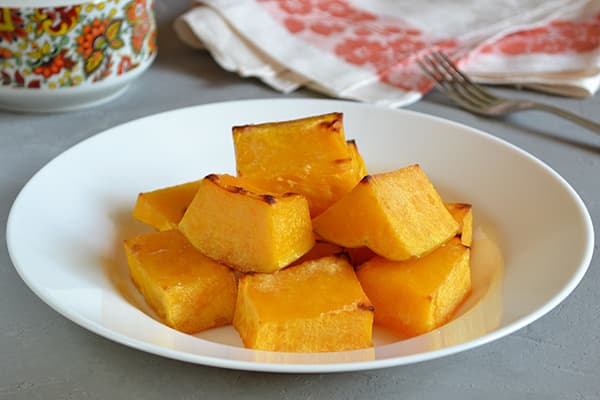
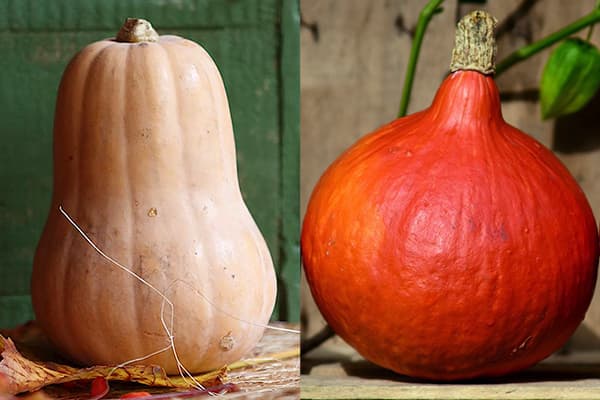
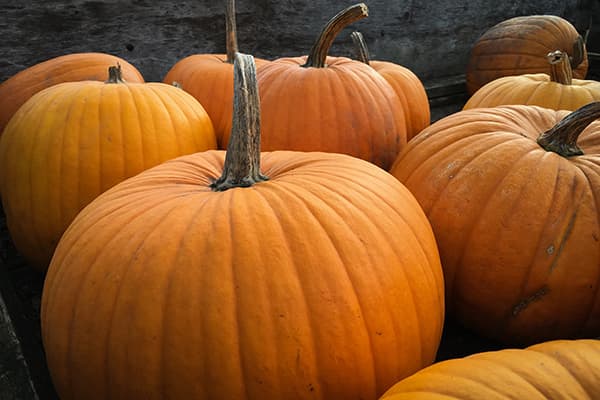
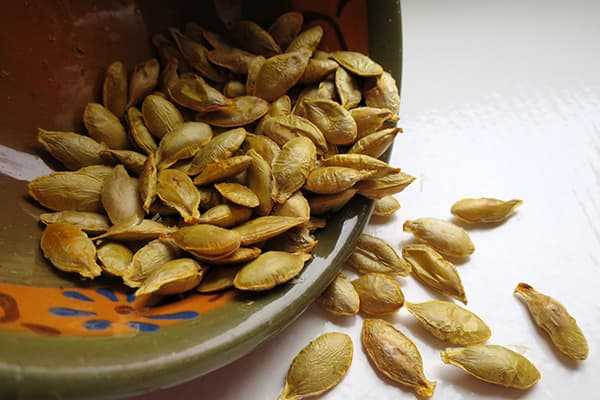
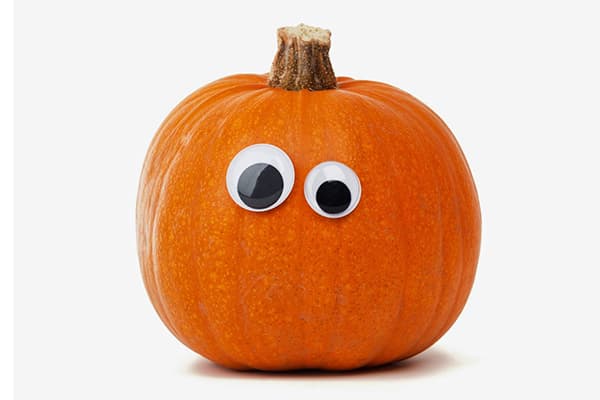

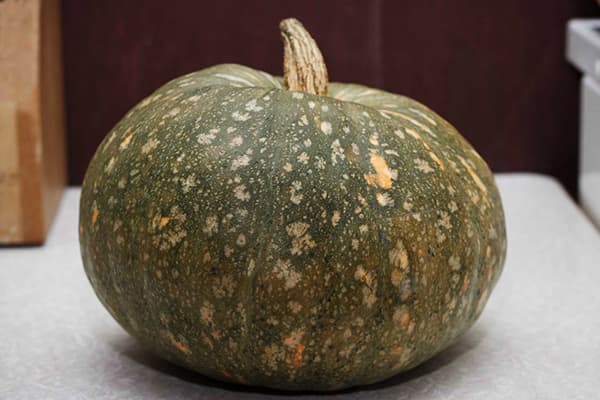
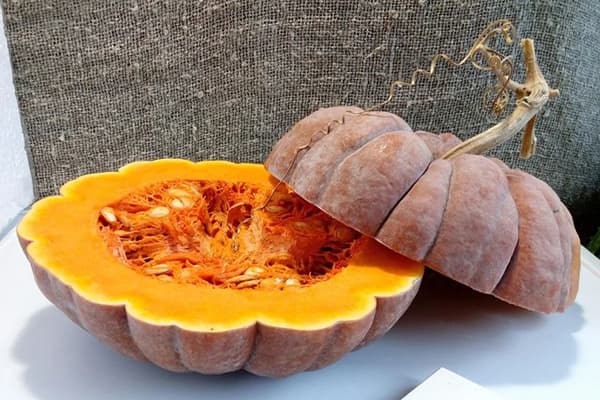
Thank you! good article.
Very informative, interesting, thank you!
You can’t even imagine how many varieties of pumpkins exist for different occasions! And it's not even about size and color